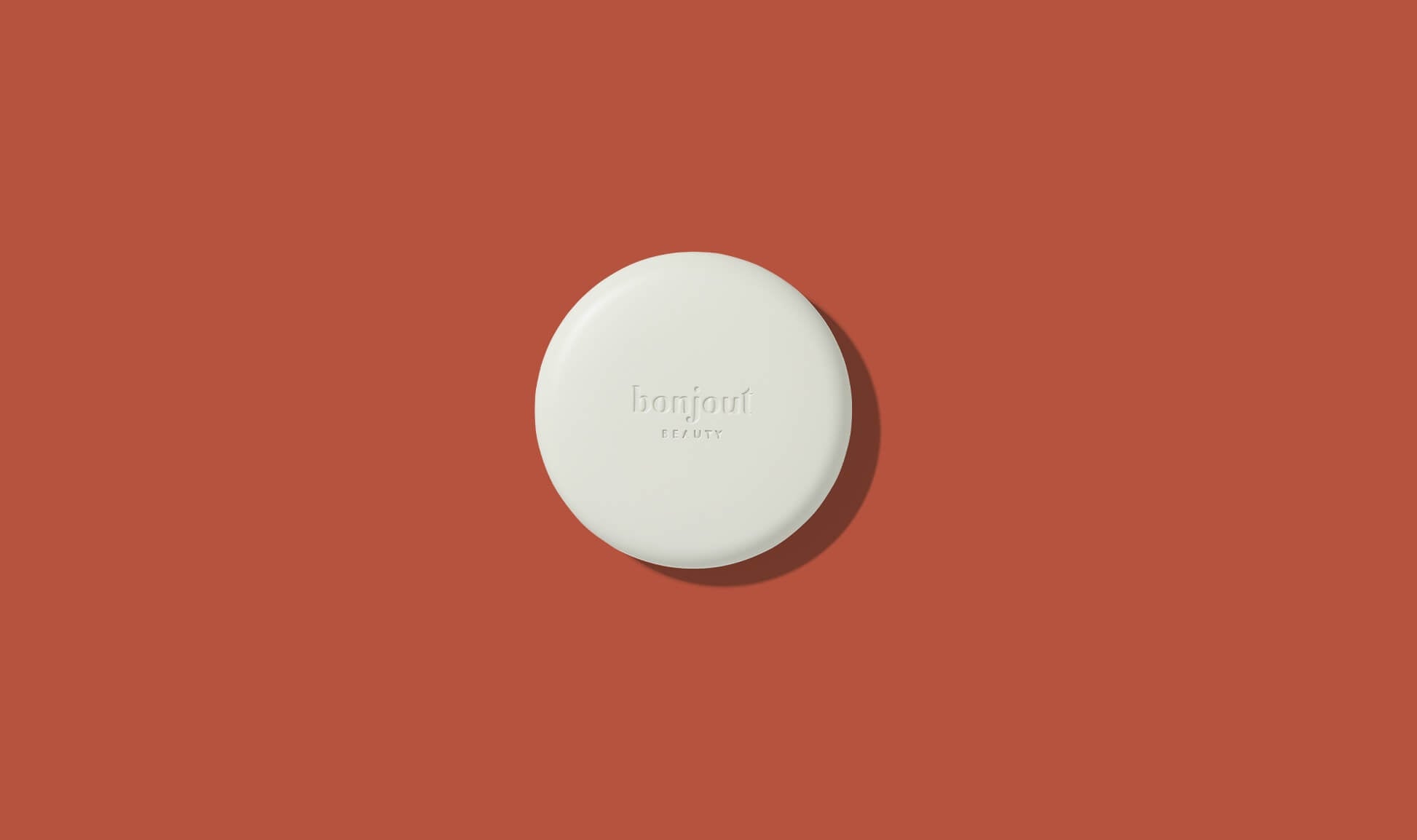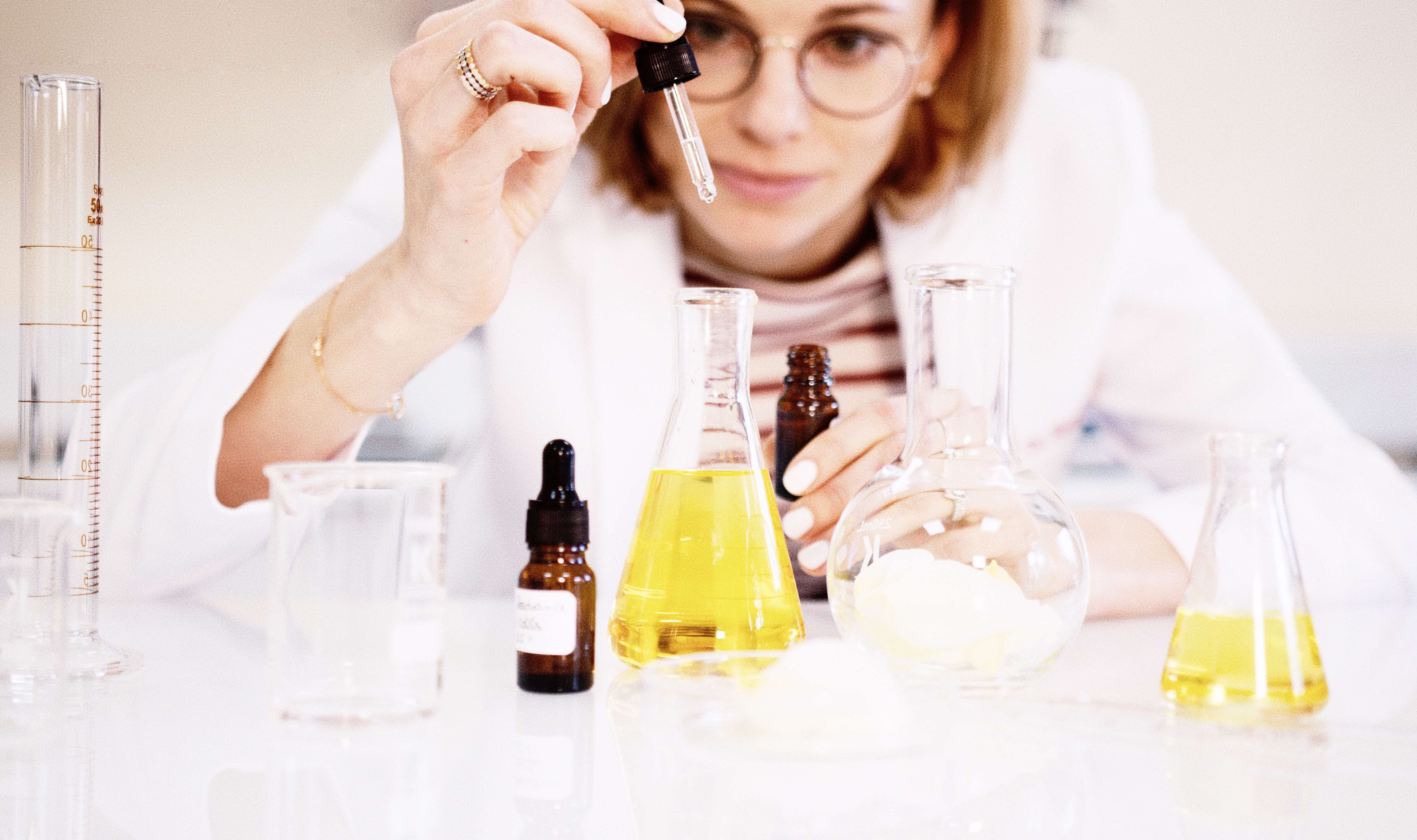Mes chères amies, after fifteen years of researching skin's physiology, I have witnessed countless skincare trends come and go like the changing seasons. Yet one question remains as persistent as a Parisian café regular: "Docteur, should I exfoliate on dry or wet skin?" This seemingly simple inquiry has sparked more than ever.
The effectiveness of exfoliating dry or wet skin depends on the type of exfoliant used. Physical exfoliants like scrubs are generally more effective on damp skin, while chemical exfoliants like acids are typically applied to dry skin. Wetting the skin can soften it, making it easier to gently remove dead skin cells with a scrub, while dry application allows chemical exfoliants to penetrate more effectively. Here's a more detailed breakdown:
- Physical Exfoliation (Scrubs):
Damp skin allows for a gentler and more even application of scrubs, reducing the risk of irritation. The water softens the skin, making it easier to slough off dead skin cells with less friction. Wet exfoliation embodies the French principle of "douceur" - gentleness. When skin is damp, it becomes more pliable, like butter left at room temperature. This approach is particularly beneficial for sensitive or mature skin types that require a more tender touch. Wet exfoliation creates a cushioning effect that reduces friction while still allowing for effective cell turnover. In my practice, I often recommend this method to clients with rosacea or those recovering from harsh treatments. It's the difference between a vigorous scrub with a rough washcloth and a gentle massage with silk gloves - both cleanse, but one respects the skin's delicate nature.

- Chemical Exfoliation (Acids):
These exfoliants often work best on dry skin, as the acid needs to make direct contact with the skin cells to be effective. Applying them to wet skin can dilute the product and reduce its efficacy. When we exfoliate on dry skin, we create what I like to call "l'effet amplificateur" - the amplifying effect. Dry exfoliation works like a skilled sculptor chiseling away at marble; it's precise, controlled, and reveals the masterpiece beneath. Without the lubricating barrier of water, exfoliating agents - whether physical or chemical - can work more directly on the skin's surface.
For those with oily or combination skin types, dry exfoliation often proves superior. The absence of water prevents the dilution of active ingredients, allowing acids like glycolic or salicylic to penetrate more effectively. It's like comparing a concentrated espresso to a watered-down café au lait - both have their place, but when you need results, you choose the stronger brew!
For my patients with resilient, oily skin, I often recommend dry exfoliation 2-3 times weekly, using products formulated with European skincare standards. The concentrated action helps control excess sebum and prevents the clogged pores that lead to breakouts. For those with sensitive or mature skin, wet exfoliation becomes our ally. The gentle, cushioned approach allows for regular maintenance without compromising the skin barrier - something we hold sacred in dermatology.General exfoliation recommendations:
- Always follow the product instructions:
Different exfoliants have different application guidelines, so it's important to read and follow the directions on the product label.
- Consider skin type:
Individuals with sensitive skin may find wet exfoliation gentler, while those with oily skin may prefer the intensity of dry application for chemical exfoliants.
- Moisturize after exfoliation:
Regardless of the method, moisturizing after exfoliating is crucial to hydrate and nourish the skin.
In French dermatology, we approach skincare much like we approach our beloved cuisine - with patience, precision, and profound respect for the ingredients. Your skin, like a fine wine, develops its character over time and deserves to be treated with the same reverence. The question of dry versus wet exfoliation is not simply about technique; it's about understanding your skin's unique personality and needs.
Here's where French pharmacist expertise truly shines: understanding the interplay between pH levels, skin moisture, and active ingredient efficacy. When skin is wet, its pH can shift, affecting how certain acids perform. Dry skin maintains its natural pH balance, allowing for more predictable results with pH-dependent formulations. This is why I always emphasize the importance of high-quality, well-formulated products. Like a master chef who selects only the finest ingredients, we must choose exfoliants that respect these scientific principles while delivering results.
In France, we live closely with the seasons, and our skincare should reflect this natural rhythm. During the harsh winter months, when indoor heating and cold winds challenge our skin barrier, wet exfoliation often proves more suitable. The additional moisture helps maintain hydration levels while still promoting healthy cell turnover.
Come spring and summer, when humidity increases and our skin produces more oil, dry exfoliation can be incredibly effective. It's like adjusting your wardrobe - you wouldn't wear a wool coat in August, so why use the same exfoliation method year-round?
Perhaps the most sophisticated approach I've developed over my fifteen years of practice is the integration method. This involves alternating between dry and wet exfoliation based on your skin's daily needs. Some days, your skin might crave the intensity of dry exfoliation; other days, it might need the gentleness of wet application.
This approach requires what we call "intelligence cutanée" - skin intelligence. You learn to read your skin's signals like reading a favorite book - recognizing when it needs more attention and when it requires gentleness.
Professional Guidance: When to Seek Expert Advice
While skincare can be deeply personal, there are times when professional guidance becomes essential. If you're dealing with persistent skin concerns, experiencing unusual reactions, or simply feeling overwhelmed by choices, consulting with a dermatologist trained in European skincare standards can provide invaluable insights.
Remember, effective skincare isn't about following trends blindly - it's about understanding your skin's unique needs and responding with intelligence and care. As we say in French dermatology, "La beauté vient de la patience" - beauty comes from patience.
The question of dry versus wet exfoliation ultimately reflects a deeper truth about skincare: there is no one-size-fits-all solution. Your skin is as unique as your fingerprint, and it deserves an approach that honors its individuality.
📚 Continue Reading

What is Considered French Beauty?
French beauty emphasizes minimalist skincare routines focusing on high-quality, effective products and incorporating lifestyle choices for healthy, radiant skin.

Clean Beauty & Phenoxyethanol
Phenoxyethanol, a common preservative in cosmetics, is generally considered safe for use at low concentrations, but some individuals may experience irritation or allergic reactions.






